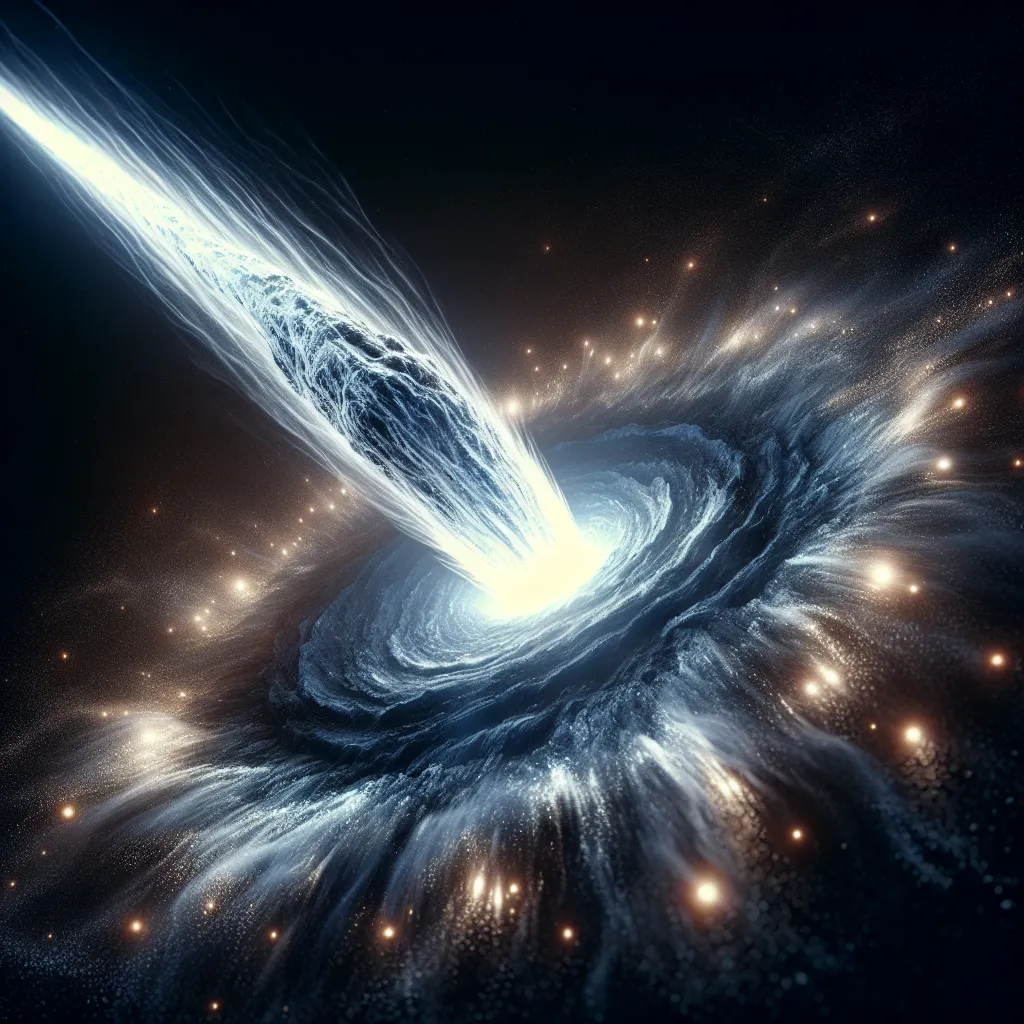We are taking an imaginary trip through the stars, aiming for a new home light-years away. This adventure, spanning centuries, will push our creative problem-solving to the brink. However, our biggest challenge might be something we cannot see: radiation.
On Earth, the sun’s light and warmth are a comfort, but occasionally, it throws a tantrum. Solar flares eject massive amounts of deadly radiation. Thankfully, Earth’s magnetic field saves us from these fiery outbursts. But in space, an astronaut exposed during a flare would only have ten hours to live. It’s reassuring to know NASA can usually alert us about these flare-ups.
The real menace lurks deeper in space. Cosmic rays, invisible and relentless, zip through space like bullets, striking everything in their path. Imagine sitting silently in your spacecraft and suddenly, sparks of light dance behind your closed eyes. This is what Apollo 11 astronauts experienced in 1969, seeing Earth drift away, passing the dark side of the Moon, and witnessing strange flashes of light inside their eyeballs.
After returning to Earth, these astronauts reported the bizarre phenomenon. Physicist Lawrence Pinsky was called in to decode the mystery. The astronauts described the flashes in various forms, from streaks to little stars. Reluctantly, more astronauts began admitting they saw them too, but feared losing their flight status if they spoke up initially.
Pinsky’s investigations revealed that these weren’t ordinary lights but cosmic rays hitting their retinas, tricking their brains into seeing light. Although there was no immediate danger, later studies showed almost one in six astronauts developed cataracts, a cloudy build-up in the eye, much higher than what is typically seen on Earth.
Further into space, the dangers grow. Cosmic radiation not only affects our eyes but possibly our brains and overall health, increasing the risk of cancer and other serious conditions. Marcelo Vasquez at the Brookhaven National Laboratory in New York is on a mission to understand these impacts. By recreating cosmic radiation in a lab, he aims to find solutions to protect astronauts by the time NASA resumes long-distance space missions.
Using stem cells for his experiments, Vasquez faces the challenge of cosmic rays causing brain damage. He describes the process as watching a bullet pierce these fragile cells, causing DNA damage. This alarming result underscores the need for effective shielding on spacecraft.
Vasquez experimented with polyethylene plastic as a potential shield. Although partly successful, many radiation “bullets” still managed to penetrate. Clearly, more work lies ahead to ensure that our future space travelers are safe from this invisible cosmic threat.
In the vast expanse of space, our innovations must evolve to meet these hidden dangers. Battling radiation will be one of our most crucial tasks as we strive to explore farther reaches of our universe.






